CMA’s (acronym for Comparative Market Analysis) are often downloaded and referred to as Buyers navigate their way through their due diligence in preparation for bidding on, or negotiating for a property.
Frustratingly though, they often steer buyers in the wrong direction when data in the report is insufficient or when the integrity of the data is poor.
These reports are created on portals, which despite the analytical sensitivities of some of the algorithms, are not individually cross-checked by human common sense, and quite often indicate a totally incorrect appraised figure.
Banks, brokers, accountants and planners often distribute them to their clients with the best of intentions, but without careful rigour applied to how they are utilised, the unknowing buyer could be relying on an unreliable report to make a critical determination.
Offers of “free Property Report” feature in advertisements on television, internet and billboards, but Buyers who assume their are reliable can be seriously let down when they find that their expectations came nowhere near reality at auction.
CMA’s take into account five measures and apply a likely selling price estimate (along with a confidence rating) as a result of the algorithm the five data points are run through. These five data points are limited to the following in bold, but inaccuracies and essential missing pieces arise easily over time.
- Comparable Sales: This analysis is the most critical in my view. It should take into account an array of similar styled, similar land size properties in the same neighbourhood on a similar street, and the sale prices should be restricted to the last quarter only. This can get challenging for agents, valuers and the like however when the number of recent sales are limited, or the prices achieved were anomalies. A computer cannot take into account a crazy sale price that was a direct result of a vendor’s lucky or unlucky situation. Human interaction is vital when determining which sales are actually relevant.
- Property Rating: The rating system applied for each property is applied by the data provider and is based on a combination of factors including external appearance, age, outlook, bedroom number etc. Where this rating falls short is that the data provider cannot possibly track the upgrading and renovation activity associated with every house in the country. In other words, when a property is improved, extended or developed, the data provider cannot factor that in. A half-million dollar renovation spend will likely not be picked up in the report.
- Median Value: Median literally means the middle data point. If a suburb experiences an over-representation of small unit sales in a given period, the data will be skewed. To compound the issue, the consistency of how houses and unit sales are categorised is always in question. What some call a townhouse will often be called a house. And vice versa. Townhouses are technically units. But it gets murky when they are stand alone without any shared land. There isn’t a strict definition for agents to report the sales for townhouses.
- Land Area: In many cases the reports don’t capture the land area of units in the reports. This is a critical and influential measure. Even 1960’s villa unit sales can differ by up to $200,000 pending the existence and size of a courtyard on title.
- Indexed Sale Price: This is reliable in principle, but only if the last sale price was not an anomaly, and provided the property hasn’t been improved since the sale date. In most cases, properties do undergo some form of improvement when held for more than a few years.
Only days ago I was engaged to assist a lovely couple to negotiate for a property in Greensborough. They had been handed a CMA and felt quite encouraged by the $449,000 cited in the computer generated report. I told them that I never rely solely on such reports and always consider the property based on size, location, style, orientation and condition.
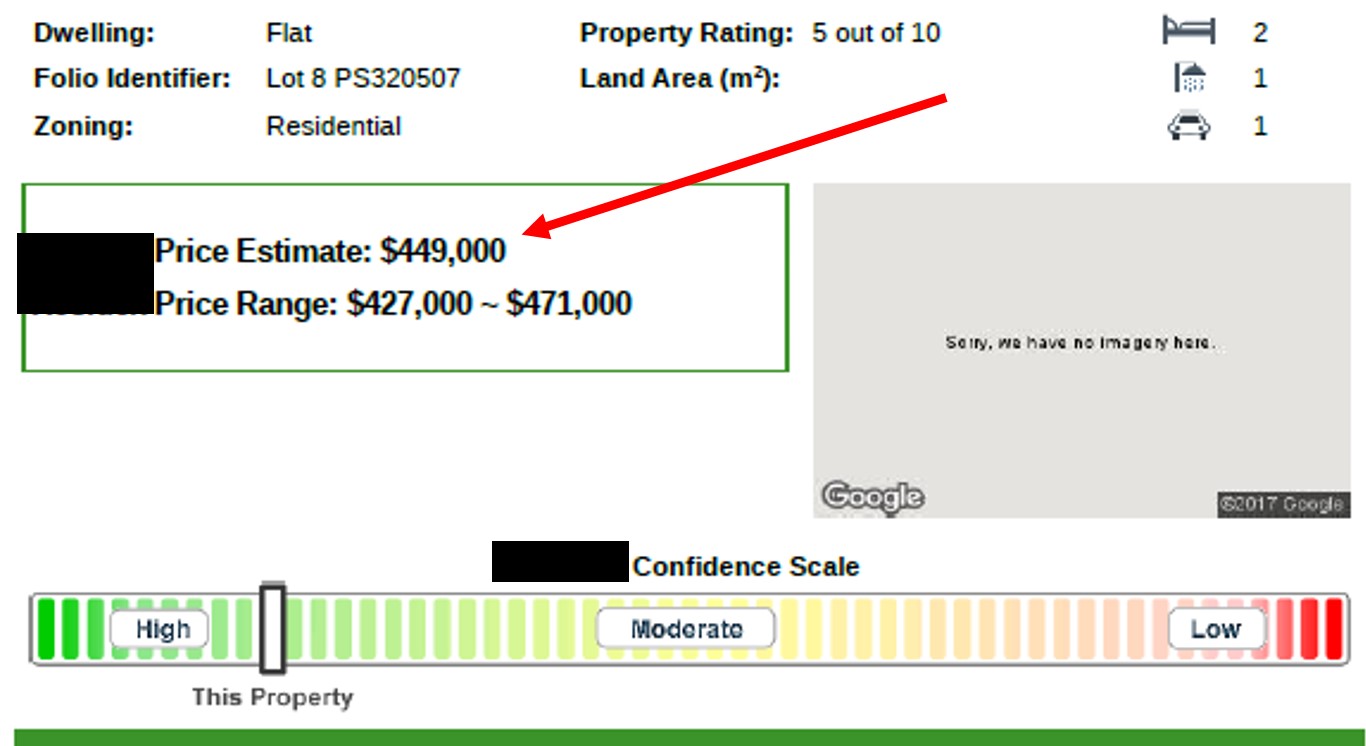
Their chosen property was a circa 1990 townhouse with cathedral ceilings and generous living space, but the greatest attribute was the sheer land size. Sitting on a generous parcel of 268sqm was a stand out feature for a unit, and finding other similar sales was integral for my research.
A closer glance at their report showed that the property in question didn’t even have a record of land size.
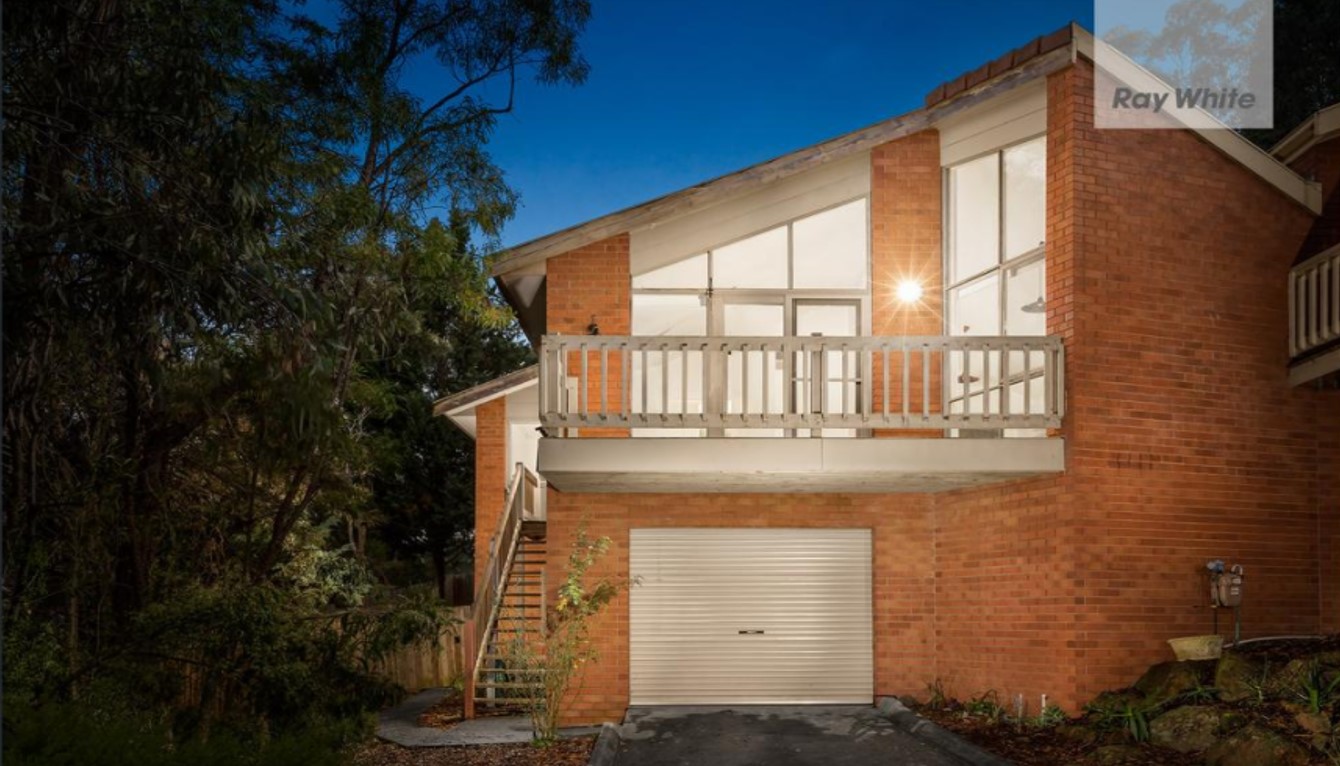

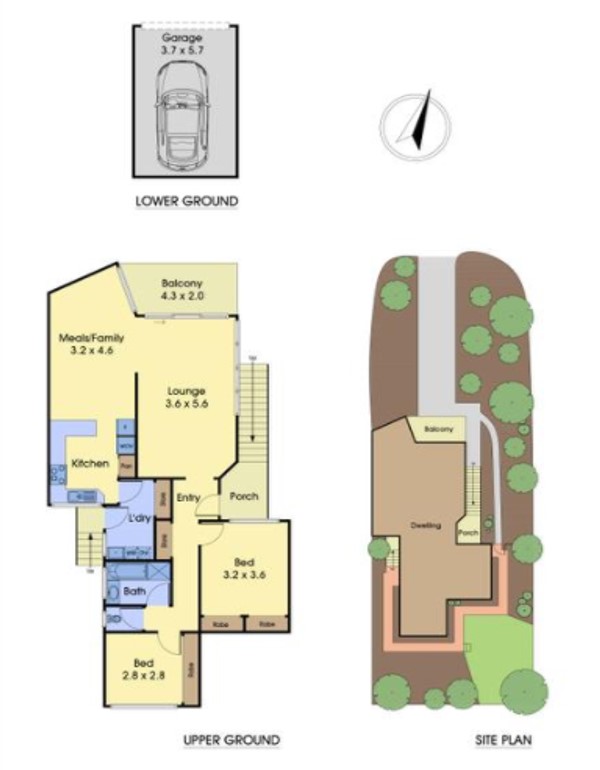
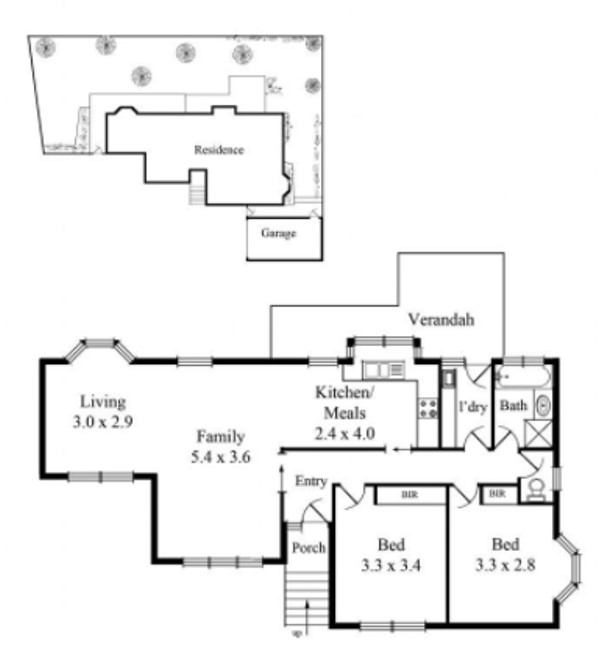
Following careful ‘recent comparable sales analysis’, quite a few sales supported a figure in the early sixes, and one in particular which dated back to March stood out as a direct comparable sale. This property arguably had a slightly inferior style but slightly more land on title.
Subject property facade and floor plan to the left, comparable property in Greenmeyer Court (March sale) to the right.
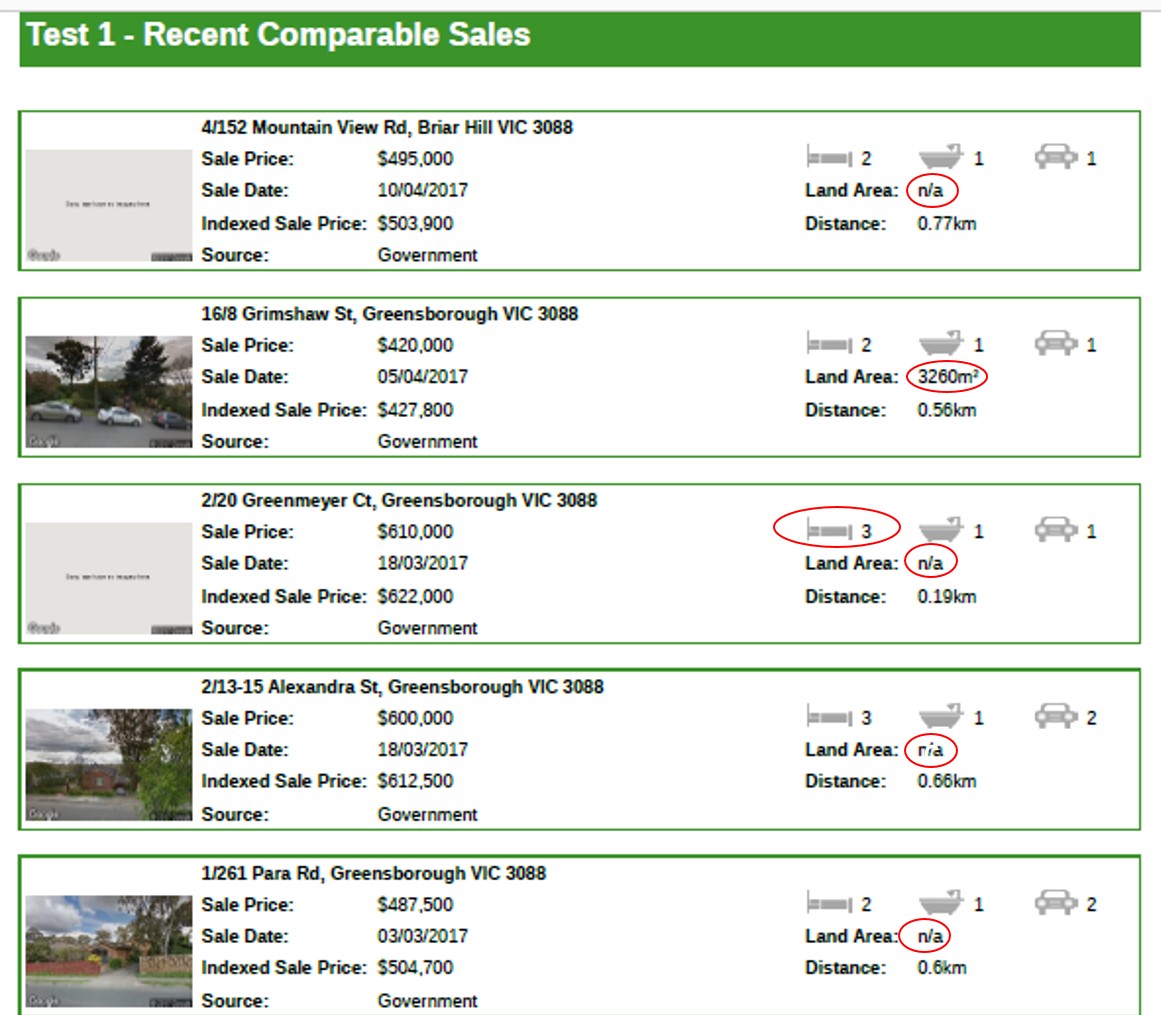 I glanced through the CMA report to see if the algorithm had even picked up my most comparable sale. Unfortunately it was categorised incorrectly as a three bedroom property. This undermined the comparison completely.
I glanced through the CMA report to see if the algorithm had even picked up my most comparable sale. Unfortunately it was categorised incorrectly as a three bedroom property. This undermined the comparison completely.
Had my clients relied on their report, they would have missed out on the property.
The initial bid which placed the property on the market was $580,000. Three other buyers fought it out and the bidding went into the early sixes as I’d assessed. Our lovely clients secured their property and we were thrilled to be able to help with such a crucial step in what had been a challenging journey for them.
This property sold for 38% more than the CMA suggested, and the confidence scale on the report indicated high confidence. Not only was land size not factored into the calculation, but comparable properties were incorrectly recorded.
CMA’s are only useful when a large host of data points are accurate and unchanged. Any algorithm with questionable data points lacks integrity.
When data integrity is lacking, these reports are useless.
They should only be relied upon when the Buyer knows how to address their integrity. If the Buyer isn’t able to qualify the data integrity, the cited comparable sales can be looked up and referred to; but this is the limited nature of how I’d utilise a CMA if I had concerns about the data used.
REGISTER TO OUR NEWSLETTER
INFORMATION
CONTACT US
1A/58 ANDERSON STREET,
YARRAVILLE VIC 3013
0422 638 362
03 7000 6026
CATE@CATEBAKOS.COM.AU
